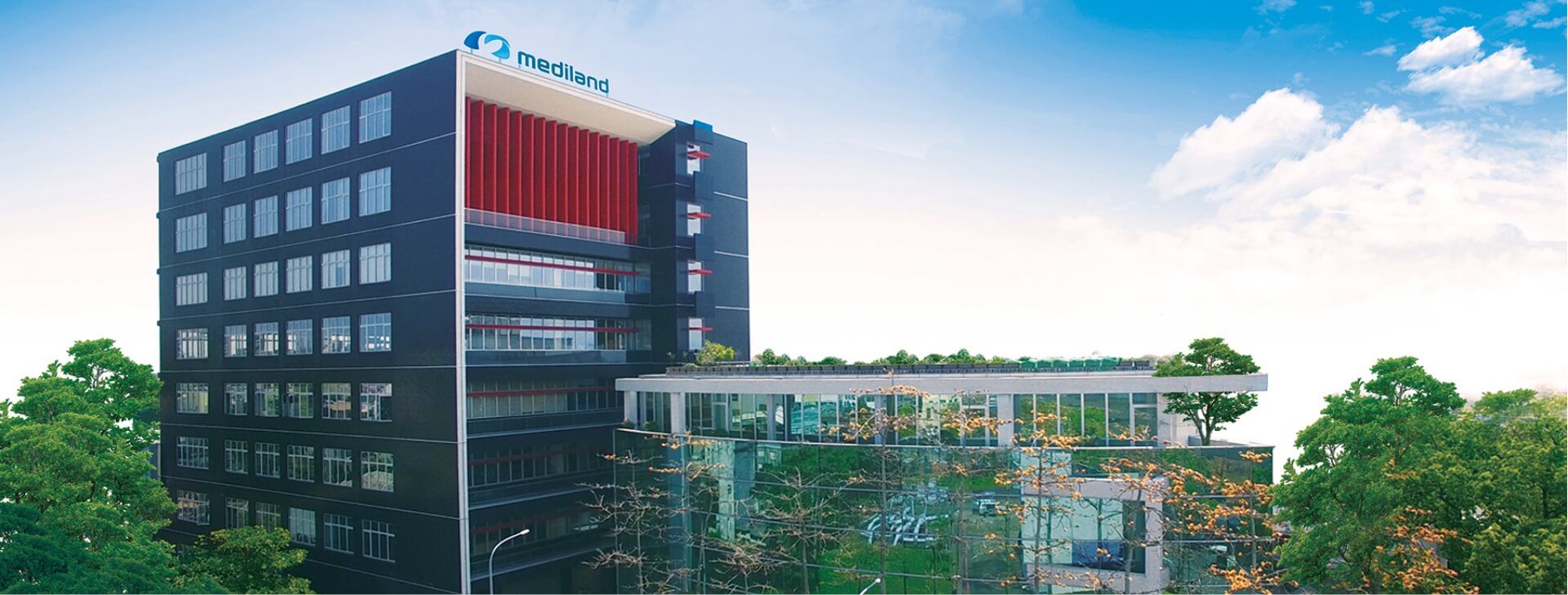Pisa University Hospital clinical report about Hyper Light disinfection robot application
Subject:
Implementation of an Environmental Cleaning Protocol in Hospital Critical Areas Using a UV-C Disinfection Robot
Purpose of the research:
Improving the cleaning and disinfection of high-touch surfaces is one of the core components of reducing healthcare-associated infections. The effectiveness of an enhanced protocol applying UV-C irradiation for terminal room disinfection between two successive patients was evaluated.
Field:
Pisa University Hospital (1067 beds). To this end, 2 operating theaters, 1 hospital room and 1 intensive care room were selected on the basis of their willingness to participate in the trial.
In each care setting, 20 high-touch surfaces and 1 or 2 points were identified and sampled, based on the size of the room, for the determination of air quality. Sampling was performed in the operating room at the end of the surgical activity, in the ICU and in the hospitalization rooms at the patient's discharge.
Methods:
Each point was sampled before the application of the standard cleaning and disinfection protocol (dirty condition), after the standard cleaning and disinfection protocol and the application of the Hyper Light Disinfection Robot disinfection.
Disinfection procedure:
standard cleaning protocol:10% dichloroisocyanurate-based solution for decontamination, followed by a chlorine-based disinfectant (Deornet Clor, E'COSI ', active chlorine 2600ppm) on surfaces, furniture, floors and electro-medical devices (monitors, pumps, etc.) when not in use.
Hyper Light disinfection robot using process:
OR: 3 cycles, 5 mins/cycle
ICU: 2 cycles(each side of bed), 5 mins/cycle
hospital room: 3 cycles(each side of bed & bathroom), 5 mins/cycle
Results:
A total of 480 samples were analyzed, 160 after assistance activities, 160 after implementation of the standard sanitization protocol and 160 after application of the Hyper Light Disinfection Robot device.
As for the bacterial and total mycetic load values detected in the air of the different one scare settings, the analysis did not show a statistically significant difference between the dirty conditions and the after sanitization, both with PS treatment and with UVC treatment, although the analysis is influenced by the low sample size (n = 15).
The use of UVC can significantly reduce the detection rate of microorganisms on environmental surfaces. A model of correlation between CBT and sanitation treatment. The result is shown in the following graph, where one is highlighted significant reduction in values especially after UVC treatment.
There is no statistical difference in the number of air colonies before cleaning, after cleaning, and after UVC disinfection.
Conclusions:
Hyper Light Disinfection Robot was effective to reduce the overall bacterial counts on high- touch surfaces in critical areas with significantly more efficacy than manual cleaning and disinfection alone.
Hyper Light Disinfection Robot increase also the microbiological air quality.
Hyper Light Disinfection Robot can be used to implement standard cleaning and disinfection protocols for the reduction of Healthcare-Associated Infections(HAIs).
The report was published in International Journal of Environmental Research and Public Health by Prof. Beatrice Casini and Angelo Baggiani and all the team.
Click here to read more


